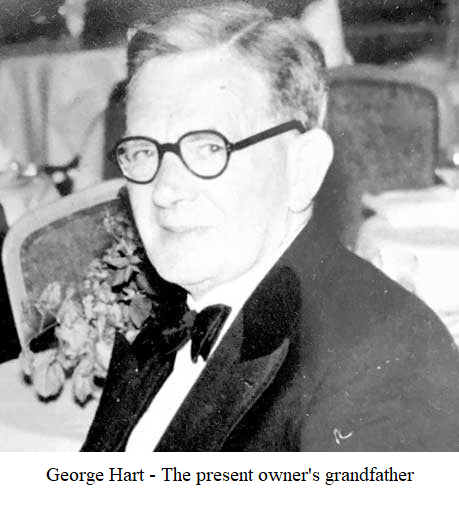When you hold an antique ring in your hand, it feels different from anything modern. It isn’t just the sparkle of the stones or the weight of the gold it’s the sense that the piece has lived a life before yours. Perhaps it was exchanged at a Georgian wedding, given as a Victorian love token, or worn daily by someone a century ago. Whatever its story, it carries that history with it, quietly and powerfully.
Unlike a necklace that may only appear on special occasions, rings are part of daily life. They are touched, noticed, and worn constantly. That is why they have always been the most personal of jewels small enough to be intimate, yet strong enough to hold immense meaning.
A Journey Through the Eras
Every generation left its mark on ring design. The changes weren’t just about fashio they reflected the values of the time.
Georgian rings (1714–1830) often have a soft, candlelit glow. Jewellers used foil backing to make garnets and diamonds shine more warmly in low light. Today, that effect feels almost romantic compared to the sharp brilliance of modern cutting.
Victorian rings (1837–1901) brim with symbolism. From seed pearl hearts and turquoise forget-me-nots to bold diamond clusters, these were jewels that spoke of love, mourning, or devotion.
Edwardian rings (1901–1915) introduced platinum settings that allowed diamonds to be mounted with incredible delicacy. The effect was lace in metal strong yet graceful.
Art Deco rings (1920s–1930s) brought something new: daring geometry and striking colour contrasts. A diamond flanked by emeralds or sapphires became a statement of style and confidence.
Every old ring speaks twice: once of the time it was made, and once of the person who chose to wear it.
Why Rings Remain So Captivating
Beyond looking good, rings have always carried meaning. A simple gold band has long been the universal sign of marriage. A diamond cluster might celebrate a milestone anniversary. A mourning ring, with its locket of hair, speaks of love carried beyond life itself.
Because they are worn so close to the hand, rings also gather layers of meaning.Because we wear them daily, rings naturally become part of how we move, greet, and express ourselves. That closeness is what sets them apart from most other jewellery.
Why People Still Collect Old Rings
Long before machines made everything uniform, each ring was shaped by hand. If you look closely, you’ll sometimes notice a tiny uneven claw or a stone cut that isn’t perfectly even. Instead of flaws, these marks are reminders that a person crafted it.
Certain materials like mine-cut diamonds, natural pearls, or old Burmese rubies simply aren’t found in the same way anymore. That scarcity is exactly what makes them so desirable.
Connection: Rings feel different from other jewels because they are so often worn daily. When you slip one on, you’re continuing a story that began long before you.
FAQs About Antique Rings
Q: Can antique rings be worn every day?
Yes, though it depends on the setting. Claws and mounts should be checked, especially on Georgian and Victorian pieces, but many antique rings have already lasted a century or more in daily use.
Q: Why are antique rings collectable?
They bring together design, rarity, and human connection. A Georgian garnet that once caught the light at a candlelit dinner, or an Art Deco emerald ring worn to a 1920s party, is more than jewellery it’s a window into another time.
Q: Do antique rings hold their value?
Well-kept examples usually do, especially if they’re in their original settings. As old materials become scarcer and demand continues to rise, fine antique rings tend to remain desirable to both collectors and those buying with investment in mind.
Final Thoughts
Rings have always meant more than the metal or stones they’re made from. They carry promises, memories, and the milestones of life, all visible in plain sight on the hand. Choosing an antique ring isn’t just about wearing jewellery it’s about holding on to a piece of history and allowing its story to continue with you.
✨ Browse our Vintage Rings Collection
You May Also Like: Affordable Engagement Rings - A Sustainable Choice



